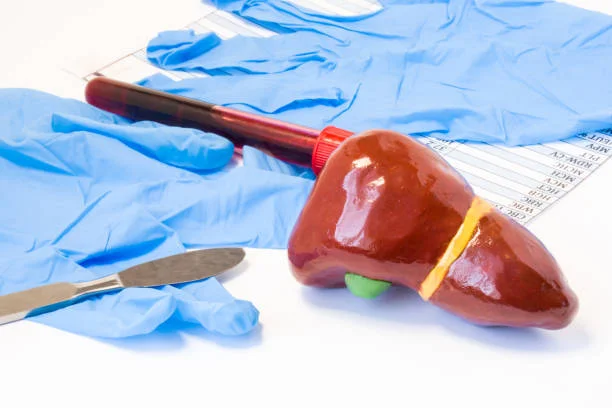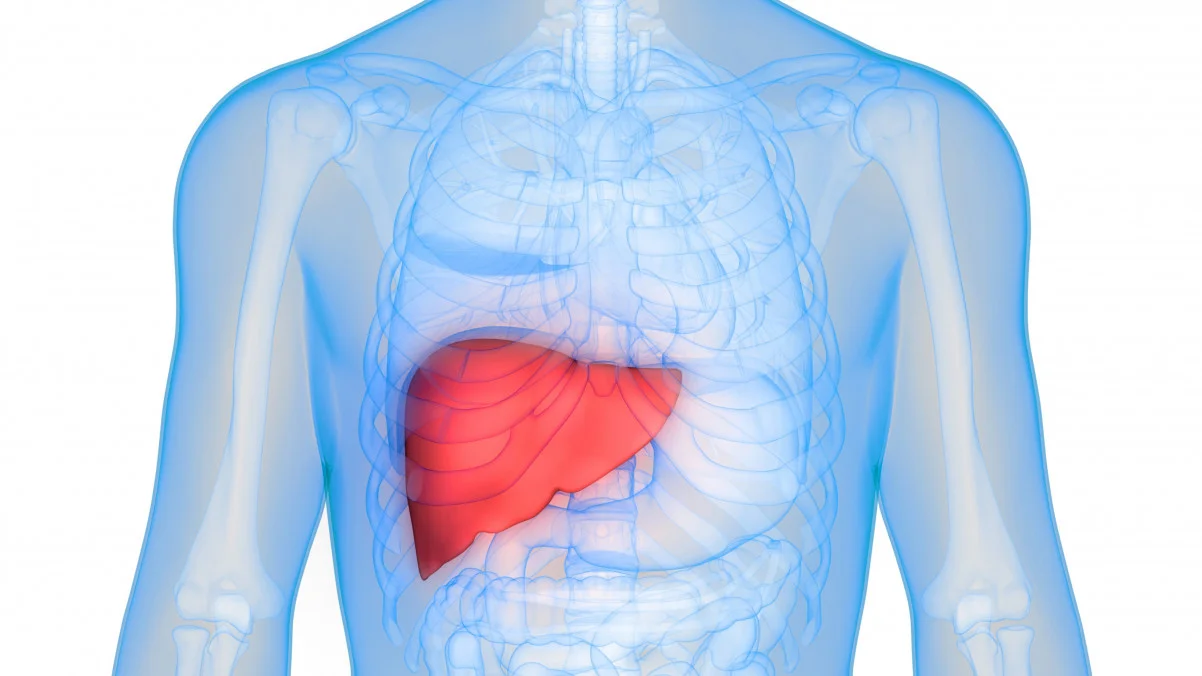A liver transplant is a surgical procedure of removing a liver that no longer functions and replacing it with a healthy liver from either a deceased donor or a portion of a healthy liver from a living donor. Life expectancy after a liver transplant depends on many reasons such as the reason for transplantation, age, co-morbidities, and response to the drugs the person is put on post-transplant. Most people live on for more than 10 years after liver transplantation.
What does the liver do?
Next to the skin, the liver is the largest organ in the human body. It controls the way the body breaks down food, filters out toxins, and has a role in body detox. It helps to manage several things such as:
Food digestion and breakdown
Production of essential proteins that help our blood clot
Storage of the glycogen (sugar) that is used for energy
Vitamin D formation
Breakdown of many toxins and drugs
Waste clearance from the body

Why would you need a liver transplant?
Aliver transplantis performed when your liver fails and other treatments can’t control your condition, or if you have liver cancer. Liver failure may progress quickly or over a long period. If liver failure happens quickly, in a matter of weeks, is called acute liver failure. This is not a common condition and usually is the result of complications from certain medications. Liver transplant is most often used to treat chronic liver failure which occurs slowly over months and years. The most common cause of chronic liver failure is scarring of the liver (cirrhosis). When cirrhosis occurs, scar tissue replaces normal liver tissue and causes the liver to not function properly. Major causes of cirrhosis leading to liver failure and liver transplant include:
Alcohol abuse
Chronic hepatitis B or chronic hepatitis C
Nonalcoholic fatty liver disease
Autoimmune hepatitis
Biliary atresia, a liver disease in newborns
Metabolic disorders
When do you need a liver transplant?
When your liver is severely damaged with scarring, it can no longer heal itself. Which is called cirrhosis. As the liver disease gets worse, you may show signs like:
Liver failure:The liver fails when it is not able to do the normal functions that are needed to keep a person alive.
High blood pressure in the portal vein:Scarring in the liver stops blood from flowing through it normally. It leads to pressure buildup in the blood of the portal vein (the vein that feeds the liver). It manifests as blood-filled vomit and blood in stools.
Hepatocellular carcinoma (liver cancer):It can develop within a scarred liver.

What are the risks of liver transplant surgery?
Complications of the procedure
Liver transplant surgery carries a risk of significant complications. There are risks associated with the procedure itself as well as with the drugs necessary to prevent rejection of the donor's liver after the transplant. Risks associated with the procedure include:
Bile duct complications, including bile duct leaks or shrinking of the bile ducts
Bleeding
Blood clots
Failure of a donated liver
Infection
Rejection of donated liver
Long-term complicationsmay also include recurrence of liver disease in the transplanted liver.

Anti-rejection medication side effects
After a liver transplant, you'll take medications for the rest of your life to help prevent your body from rejecting the donated liver. These anti-rejection medications can cause a variety of side effects, including:
Bone thinning
Diabetes
Diarrhea
Headaches
High blood pressure
High cholesterol
Because anti-rejection drugs work by suppressing the immune system, they also increase your risk of infection. Your doctor may give you medications to help you fight infections.
How can I donate a liver?
If you wish to donate yourliver, there are 2 ways you can do this:
Donate your liver after you die:You do not have to register for organ donation in most countries. If you do not want to donate after you die, you can register your choice.
Become a living donor:You have an operation to remove part of your liver and give it to someone who needs a transplant (usually a family member or friend)
Conclusion
In conclusion, a liver transplant is a life-saving procedure that has revolutionized the treatment of many liver diseases. It involves the replacement of a diseased liver with a healthy one, often from a deceased donor, but sometimes from a living donor. Despite the complexity of the procedure, advancements in surgical techniques and post-operative care have significantly improved the success rates. However, it’s not without risks and challenges, including organ rejection and long-term dependence on immunosuppressive drugs. Therefore, it’s crucial for patients to have a comprehensive understanding of the procedure, its benefits, and potential complications. Continued research and innovation in this field are essential to further improve patient outcomes and quality of life post-transplant.